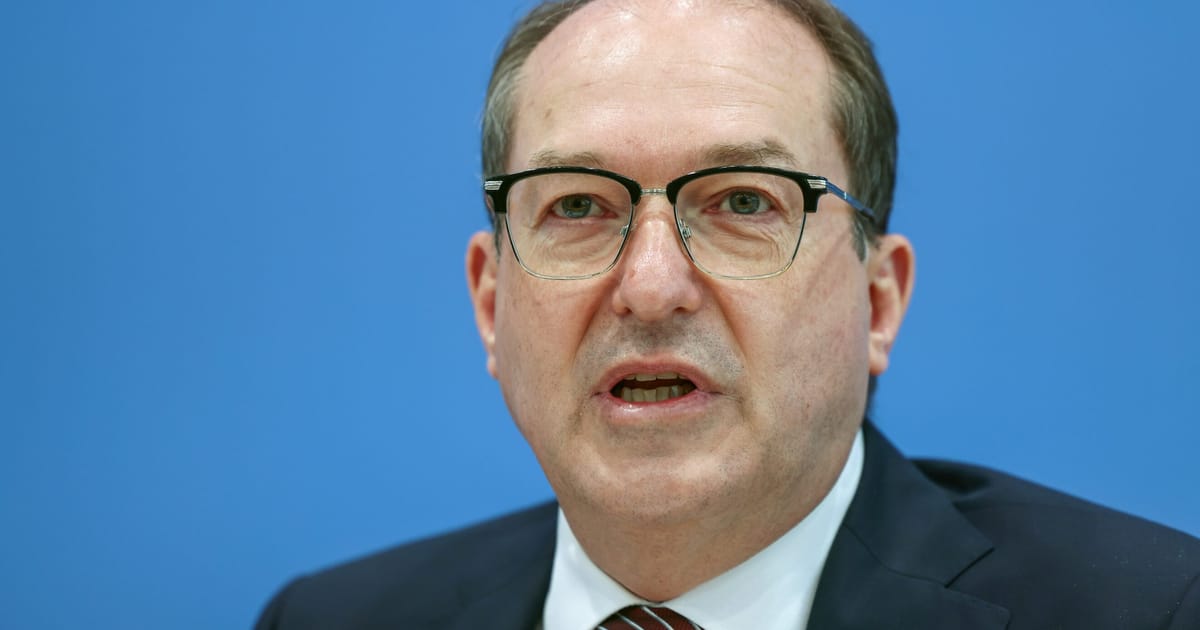

Encouraging developments are emerging on the international stage as Hamas has responded positively to a United States-brokered proposal for a ceasefire in Gaza. Nearly 21 months into a devastating conflict, this proposal has sparked a cautious optimism for peace in the region. As nations hold their breath, the focus remains on the potential for an agreement that could bring relief to countless individuals affected by the ongoing hostilities.
Hamas, the group involved in prolonged conflict with Israel, expressed a willingness to enter negotiations in pursuit of a resolution. This readiness marks a significant step forward in what has been a complex and prolonged struggle. The proposed 60-day ceasefire, introduced by former US President Donald Trump, aims to halt the bloodshed and create a framework for more comprehensive peace talks. Central to the discussions are provisions for the release of hostages and actions to mitigate the longstanding humanitarian crisis.
Israel has shown openness to the ceasefire proposal, evidenced by Prime Minister Benjamin Netanyahu’s positive reception of the plan. Observers note that the Prime Minister’s upcoming visit to Washington may signify additional diplomatic efforts to solidify an agreement. Analysts have proposed that Netanyahu’s engagement with US administration signals a shared commitment to peace, further bolstered by Israel’s concurrent military engagements with Iran.
This convergence of interests and circumstances has fostered a rare moment of opportunity in the otherwise bleak landscape of the conflict. The backdrop of a tense geopolitical climate underscores the urgency of finding a sustainable resolution. Both parties are expected to consider the ceasefire proposal carefully in the coming days, an indication of desire for a pause in the fighting that has wreaked havoc across Gaza and destabilized the broader region.
The civilian populace in Gaza bears the brunt of this enduring conflict. Recent hostilities have inflicted profound losses, with reports of casualties continuing to mount. Tragic incidents such as the recent Israeli airstrikes, which struck non-combatants, highlight the human cost borne by innocent bystanders. The promise of a ceasefire carries hope for respite and healing for those affected by the incessant cycles of violence.
The humanitarian dimension of the crisis cannot be overlooked. International bodies and local organizations strive to alleviate the suffering, yet the need is immense. The scarcity of basic supplies and reliable access to aid remain critical issues, underscoring the importance of a prolonged and stable ceasefire to facilitate much-needed humanitarian relief. It is within this context that the international community watches closely, hoping that these nascent peace efforts will yield tangible outcomes.
As the world watches and hopes for a positive outcome, the potential turning point in Gaza’s arduous journey towards peace emphasizes the power of dialogue and mediation. This is a testament to the possibility of transformation through understanding and cooperation, even in the most challenging geopolitical scenarios.
The next few days will likely be pivotal as Hamas and Israel engage in potentially groundbreaking discussions. Netanyahu’s dialogue with global leaders represents a diplomatic push towards stabilizing the troubled region. As parties work to navigate the complexities of these negotiations, the global community remains hopeful that an enduring peace may be on the horizon, bringing renewed hope for stability and security for the residents of Gaza and the surrounding regions.
In these moments of potential transformation, patience and perseverance remain vital. The delicate process of peace-building requires time, understanding, and concerted effort from all involved parties. While challenging, the pursuit of a just and lasting peace is a goal worth striving towards, offering the promise of a brighter future for generations to come.
Source: {link}
